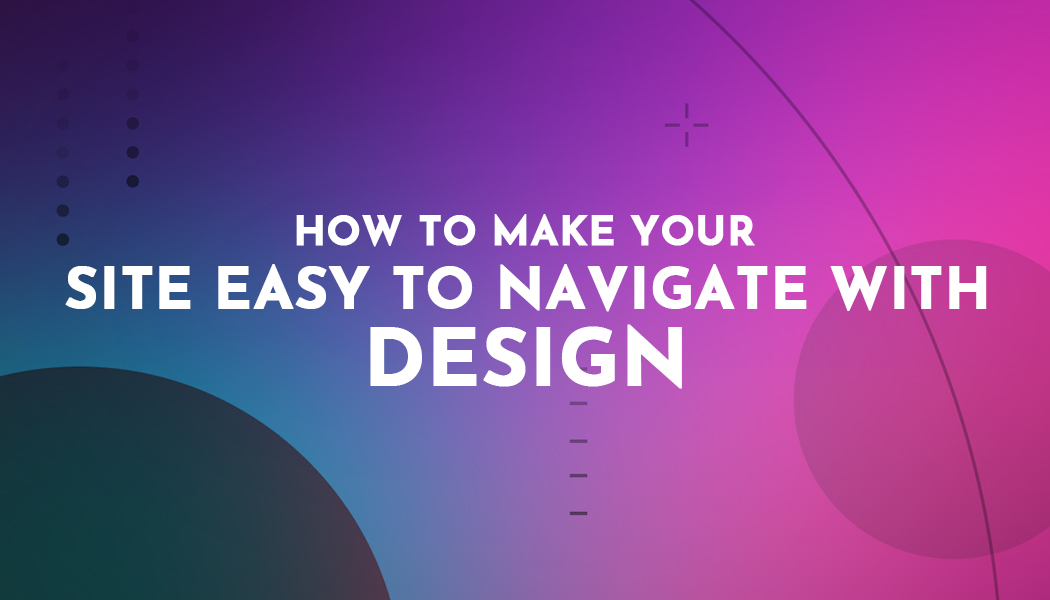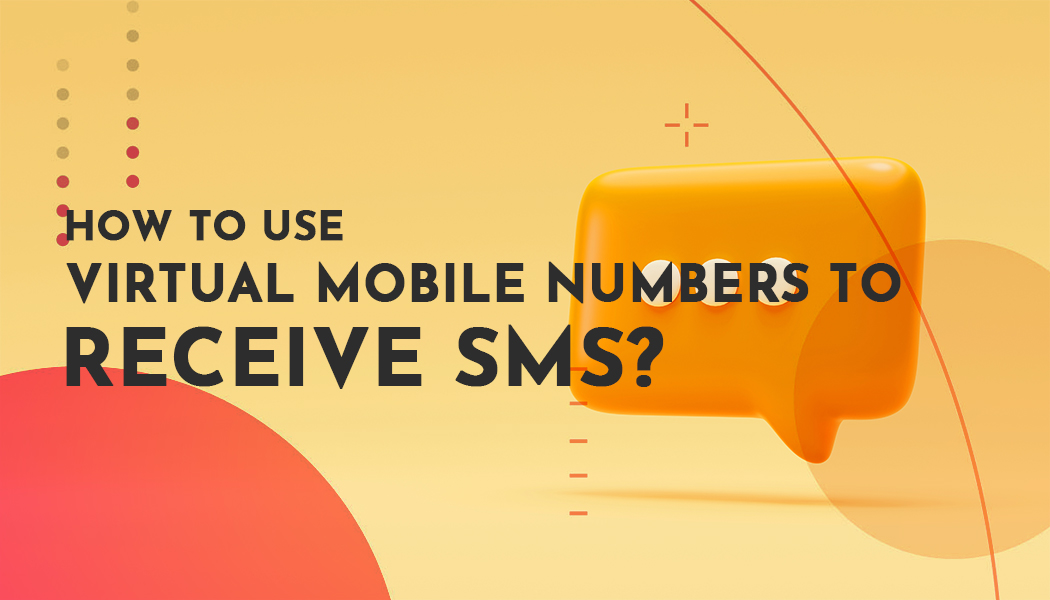How to Make Your Site Easy to Navigate with Design
In today's digital age, having a website that is easy to navigate is essential for providing a seamless user experience. The design of your website plays a crucial role in ensuring that visitors can find the information they need quickly and effortlessly. This article will guide you through the key steps to make your site easy to navigate with design, helping you engage your audience and encourage them to explore your content further.
- Table of Contents
- Introduction
- Understanding User Expectations
- Simplifying Navigation Menus
- Incorporating Clear and Descriptive Labels
- Implementing a Search Functionality
- Utilizing Breadcrumbs for Easy Backtracking
- Using Visual Hierarchy and Consistency
- Optimizing Mobile Responsiveness
- Enhancing Page Load Speed
- Minimizing Distractions
- Including Call-to-Action Buttons
- Conducting User Testing
- Analyzing and Improving User Experience
- Incorporating Accessibility Features
- Conclusion
- FAQs
Introduction
When visitors arrive on your website, they should be able to navigate through your content effortlessly, finding what they are looking for without confusion or frustration. The design elements of your site play a critical role in achieving this goal. By following these best practices, you can create a user-friendly and intuitive website that keeps your audience engaged.
Understanding User Expectations
To make your site easy to navigate, it's crucial to understand the expectations and behavior of your target audience. Conducting user research and analyzing user feedback will provide valuable insights into their preferences and habits. By understanding your users, you can design your website to meet their specific needs, ensuring a positive experience.
Simplifying Navigation Menus
One of the fundamental aspects of easy navigation is a well-structured and simplified menu system. The navigation menu should be prominently displayed and provide clear categories and subcategories that reflect your website's content. Avoid overwhelming visitors with too many options and strive for simplicity and clarity.
Incorporating Clear and Descriptive Labels
The labels used in your navigation menu and throughout your site should be concise, descriptive, and intuitive. They should accurately represent the content or functionality they link to, allowing users to understand where they will be directed when they click on a particular link. Avoid vague or ambiguous labels that might confuse visitors. For example, a good site is BrushGalaxy, where you can discover everything easily. All brush categories are clearly labelled which means you can find any brush say find anime brushes for procreate easily.
Implementing a Search Functionality
A search bar is an invaluable tool for making your site easily navigable, particularly if you have a large amount of content. By incorporating a search functionality, users can quickly find specific information or products they are interested in. Ensure that the search bar is easily visible and accessible from every page of your website.
Utilizing Breadcrumbs for Easy Backtracking
Breadcrumbs are a navigational aid that displays the user's current location within the site hierarchy. They allow visitors to understand their position and easily navigate back to higher-level pages without having to rely solely on the browser's back button. Breadcrumbs enhance user experience, especially when browsing through multiple layers of content.
Using Visual Hierarchy and Consistency
Visual hierarchy refers to the arrangement and presentation of elements on a page, emphasizing their importance and guiding users' attention. By using visual cues such as size, color, and positioning, you can create a clear hierarchy that directs visitors' focus to the most critical elements. Additionally, maintaining consistency in design elements across your website ensures a cohesive and familiar experience.
-
Responsive Design: Implementing a responsive design is the foundation of mobile optimization. A responsive website automatically adjusts its layout and content based on the screen size of the device being used. This ensures that your site looks and functions well on smartphones, tablets, and desktop computers.
-
Mobile-Friendly Layout: Design your website with a mobile-first approach. Keep in mind that mobile screens are smaller, so it's important to prioritize the most important content and simplify the design. Use a single-column layout, larger fonts, and ample white space to enhance readability and ease of navigation on mobile devices.
-
Touch-Friendly Elements: Consider the touch interface of mobile devices when designing your website. Ensure that buttons, links, and interactive elements are large enough and have enough spacing between them to prevent accidental clicks. Avoid using hover effects that rely on mouse interaction, as they don't translate well to touchscreens.
-
Streamlined Navigation: Simplify your website's navigation menu for mobile users. Use a collapsible menu or a hamburger icon to save screen space and provide a seamless browsing experience. Keep the menu items concise and prioritize the most important sections of your site to make it easier for mobile visitors to find what they're looking for.
-
Optimized Media Files: Large image and video files can significantly slow down your site's loading speed on mobile devices. Optimize your media files by understanding the appropriate image sizes and compressing them without compromising quality. Use responsive images that automatically adjust their size based on the device's screen resolution, reducing the load time and improving the overall user experience.
-
Mobile-Friendly Forms: If your website includes forms for user interaction, optimize them for mobile use. Use mobile-friendly input fields, checkboxes, and dropdown menus that are easy to select and complete on a touchscreen. Minimize the number of required fields and use auto-fill options to simplify the form-filling process.
-
Page Load Speed: Mobile users expect fast-loading websites. Optimize your site's performance by minimizing HTTP requests, enabling browser caching, and compressing CSS and JavaScript files. Use a content delivery network (CDN) to deliver your site's content from servers closer to the user's location, reducing latency and improving loading speed.
-
Test Across Devices: Regularly test your website's mobile responsiveness on various devices and screen sizes. Use online testing tools or physical devices to ensure that your site displays correctly and functions properly across different platforms and browsers. Fix any layout or functionality issues that may arise during testing.
Minimizing Distractions:
To make your website easy to navigate, it's important to minimize distractions that can divert the user's attention from the main content or intended actions. Here are some strategies to achieve this:
Clear and Focused Content: Ensure that your website's content is concise, relevant, and focused on delivering the intended message. Avoid unnecessary clutter, excessive ads, or unrelated information that can confuse or overwhelm visitors. Use clear headings, bullet points, and short paragraphs to enhance readability and facilitate scanning.
Thoughtful Use of Images and Media: Images and media can enhance the visual appeal of your website, but they should be used judiciously. Ensure that images and videos support the content and do not overshadow it. Optimize file sizes to minimize load times and consider providing alternative text for images to ensure accessibility.
Strategic Ad Placement: If your website includes advertisements, place them strategically so that they don't disrupt the user experience. Avoid intrusive pop-ups or interstitial ads that obstruct the content or force users to close them to continue reading. Opt for non-intrusive ad formats that maintain the flow and usability of your site.
Including Call-to-Action Buttons:
Call-to-action (CTA) buttons play a crucial role in guiding users towards desired actions on your website. To make your site easy to navigate, it's important to include clear and compelling CTAs. Here are some tips for effective CTA implementation:
Placement and Visibility: Position your CTAs where they are easily noticeable and accessible. Place them above the fold, within eye-catching sections of your pages, and at the end of relevant content. Use contrasting colors and appropriate sizing to make them stand out from the surrounding elements.
Clear and Action-Oriented Text: Craft concise and action-oriented text for your CTAs. Use verbs that encourage users to take a specific action, such as "Sign Up," "Download Now," or "Get Started." Make the benefits of clicking the CTA clear and compelling to motivate users to engage with it.
Design and Styling: Design your CTAs to be visually appealing and easily recognizable as clickable elements. Use button styling, such as rounded corners, shadows, or gradients, to create a distinct appearance. Ensure that the CTA design is consistent with your overall website aesthetics to maintain a cohesive look and feel.
Conducting User Testing:
User testing is a crucial step in evaluating the usability and effectiveness of your website's navigation and design. By gathering feedback from real users, you can identify pain points, uncover usability issues, and make informed improvements. Here's how to conduct user testing effectively:
Define Testing Goals: Determine the specific aspects of your website that you want to evaluate through user testing. Whether it's the navigation menu, form usability, or overall user experience, clearly define your testing goals before proceeding.
Recruit Test Participants: Identify your target audience and recruit a diverse group of participants who represent your user base. Aim for a mix of demographics and technical expertise to gather a comprehensive range of perspectives.
Design Test Scenarios: Create realistic scenarios or tasks for participants to perform on your website. These tasks should reflect common user goals, such as finding specific information or completing a purchase. Provide clear instructions and observe participants as they navigate your site.
Gather Feedback: Use a combination of observation, interviews, and questionnaires to gather feedback from participants. Observe their interactions, ask open-ended questions about their experience, and collect quantitative data, such as completion rates and time on task.
Analyze Results and Make Improvements: Analyze the feedback and identify patterns and common issues. Use these insights to make iterative improvements to your website's design, navigation, and overall user experience. Prioritize changes based on the severity.




